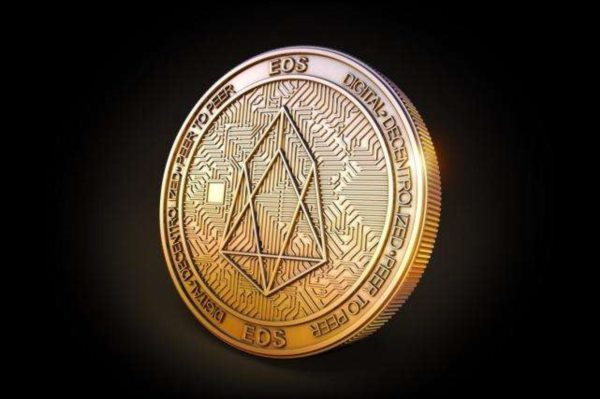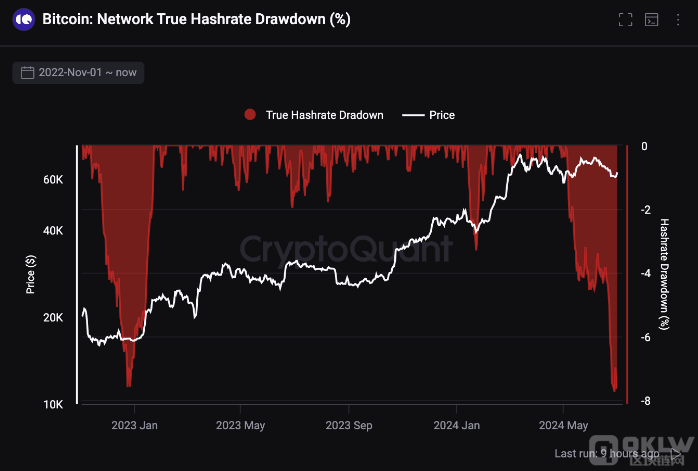时间:2023-11-11|浏览:264
This data report includes: Steam VR hardware statistics, Steam VR game statistics, Oculus (Rift, Quest, App Lab) game statistics, SideQuest game statistics.
Due to Steam simplifying the VR tag classification for game pages in December and removing support for VR device models (partly due to the push of OpenXR, making the display of supported devices less significant), the division of SteamVR content will also be simplified starting from this month's statistics.
According to the data released by the Steam platform, in December 2022, the active SteamVR players accounted for 2.03% of the total number of players on Steam, which is unchanged from the previous month (2.03%). According to the data released by the Steam platform, the average monthly active players in 2021 were 132 million (and of course, this number is increasing), so roughly estimating, there were approximately 2.6796 million active SteamVR users in December.
Looking at the overall active VR user percentage throughout 2022, it was around 2.1% in the first half of the year, and mostly around 2.0% in the second half, showing a very stable overall percentage of VR users throughout the year. Among them, the statistics for May and July are suspected to be errors (considering that users are unlikely to increase several times in one month, which significantly deviates from the actual situation).
The top three active devices on SteamVR in December were: Oculus Quest 2 (41.35% ↑), Valve Index HMD (17.24% ↓), Oculus Rift S (13.41% ↑).
From the data statistics, the share of Quest 2 fluctuates quite a bit. After exceeding 50% in July, it began to decline significantly from September, and has remained at around 42% in the past few months. Although Quest 2 is still significantly ahead in terms of market share, it also fluctuates due to factors such as a $100 price increase and decreased demand for streaming users.
Reminder: The statistics for all VR standalone headsets on Steam platform are only for users who participate in streaming. Not all standalone headset users use streaming functionality, and only users who use standalone mode (not streaming) are not included in the statistics. This also proves that Quest 2 is powerful enough to not only dominate the VR standalone headset market, but also infiltrate the PC VR market, to the point that the PC VR market is currently in a slump, with few new products.
In terms of hardware brand distribution, the distribution of SteamVR in December was: Oculus (63.47%), Valve (17.24%), HTC (10.27%), Windows MR series (5.57%), PICO (1.24%), Pimax (0.25%).
According to the December statistics for SteamVR headset hardware, ranked from high to low (the color of the increase and decrease has been changed to match the habits in China, red for increase and green for decrease, opposite to the colors used by Steam): - Oculus Quest 2 accounted for 41.35%, with an increase of 0.23% compared to the previous period; - Valve Index accounted for 17.24%, with a decrease of 0.29% compared to the previous period; - Oculus Rift S accounted for 13.41%, with an increase of 0.04% compared to the previous period; - HTC Vive accounted for 7.05%, with an increase of 0.02% compared to the previous period; - Oculus Rift accounted for 6.03%, with a decrease of 0.26% compared to the previous period; - Windows Mixed Reality accounted for 5.57%, with an increase of 0.32% compared to the previous period; - Oculus Quest (1st gen) accounted for 2.63%, with an increase of 0.07% compared to the previous period; - HTC Vive Pro accounted for 1.51%, with an increase of 0.08% compared to the previous period; - HTC Vive Cosmos accounted for 1.15%, with a decrease of 0.09% compared to the previous period; - PICO 4 accounted for 0.74%, with an increase of 0.07% compared to the previous period; - HTC Vive Pro 2 accounted for 0.56%, with a decrease of 0.13% compared to the previous period; - PICO Neo3 accounted for 0.50%, with a decrease of 0.15% compared to the previous period; - Riftcat Vridge accounted for 0.33%, with an increase of 0.04% compared to the previous period; - Pimax 8K accounted for 0.17%, with a decrease of 0.02% compared to the previous period; - Sony PlayStation VR accounted for 0.09%, with a decrease of 0.03% compared to the previous period; - Pimax 5K Plus accounted for 0.07%, with an increase of 0.01% compared to the previous period; - Iriun VR.









